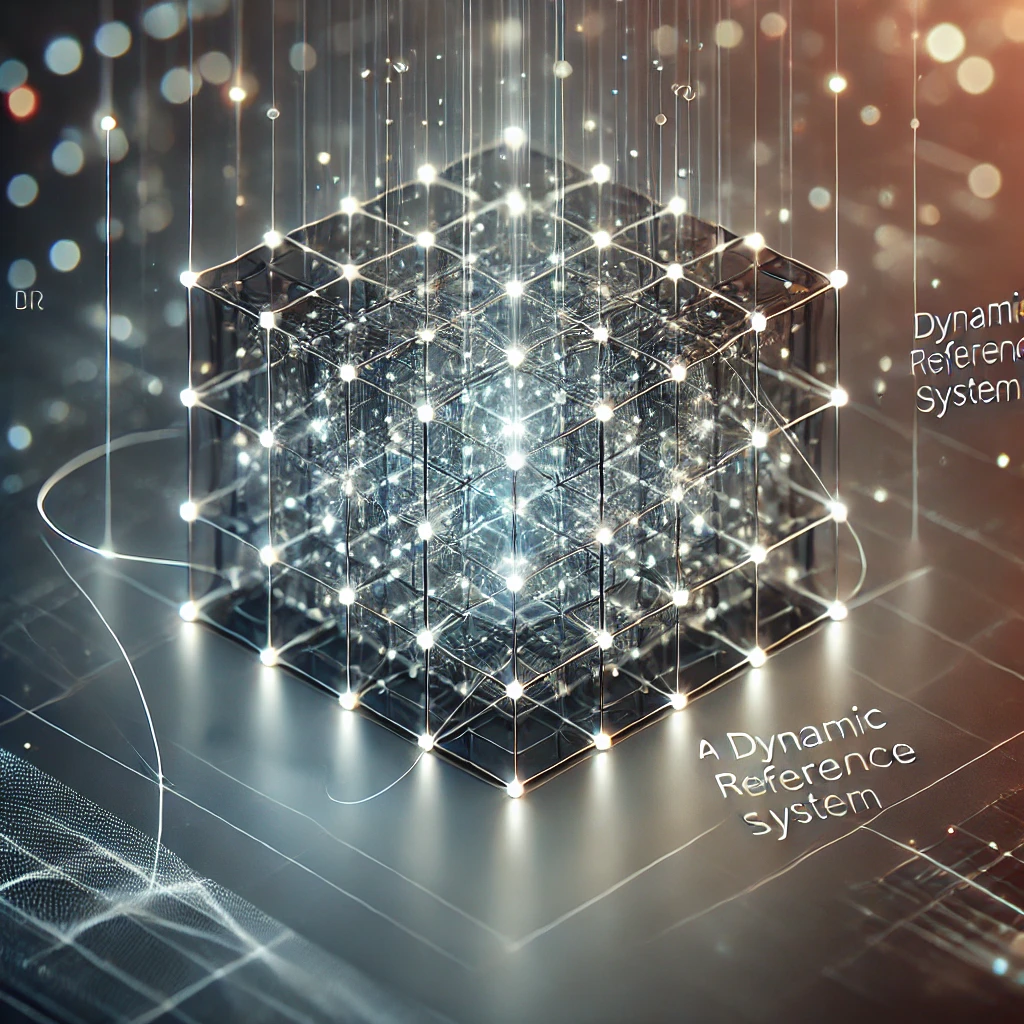Physics WIR: Movement and Displacement
Welcome to WIR: Movement and Displacement, where physics dances with elegance. This would the considered corroborating, where the right range of signal returns a field set of data, the sharing of relative truing intercepts creates that amplitude for reverb that returns back.
What is WIR?
WIR stands for Movement and Displacement, representing the shifts and relocations that occur when forces act upon objects or systems. Field mapping via reflection is like a memory of space and in the right system it converges for sense.
WIR: Weighted Integer Reference
The WIR (Weighted Integer Reference) represents the foundation of volume-to-volume bandwidth management, ensuring lossless transitions across spatial systems. Acting as the dynamic anchor of coherence, the WIR quantifies how energy, information, and spatial relationships propagate between connected volumes.
Key Features of the WIR
- Volume Mapping: The WIR dynamically maps the relationship between spatial volumes, providing a unified framework for measuring interactions.
- Lossless Transmission: By locking references upon connection, the WIR ensures minimal energy loss and maximum efficiency in data and energy flows.
- Dynamic Reference Locking: The WIR integrates real-time updates, adapting to temporal and spatial changes to maintain balance and coherence.
Volume-to-Volume Connections
At its core, the WIR operates as a living map of spatial relationships. Each connection between volumes is anchored through a weighted integer system, creating a reference point that propagates stability and flux positivity across the system.
“The WIR isn’t just a measurement—it’s the essence of spatial harmony, bridging volumes through balance and precision.”
Explore the Relationship with Wi
While the WIR defines coherence across volumes, the Wi (line-of-sight logic) establishes the initial interaction that informs the WIR framework. Together, they create a holistic approach to understanding energy, light, and spatial interactions.
Applications of the WIR
- Optical Physics: Maintain coherence in light-based systems, from holography to quantum communications.
- Energy Dynamics: Optimize energy flows across distributed networks and grids using WIR-based frameworks.
- Volume-Based Systems: Enable lossless transitions in volumetric computing, spatial processing, and material refinement.

By integrating the WIR into systems design, we achieve not only precision but also the ability to scale across dimensions—both spatial and temporal.
Dynamic Displacement
Picture a system’s flux field as a whispery, ghostly wireframe of a 3D LED matrix. The resonance prepares like a cosmic orchestra, even embracing gamma rays in a breathtaking moment of photon-voltaics. This, dear explorer, is HolloObvious: a continuous survey of light and movement where only positives shape the journey forward.
If we approached LIGO’s levels of sensitivity, we could observe these interactions with gamma rays, photon-voltaics, and displacement on the most microscopic scales—allowing for even the smallest shifts to be measured dynamically.
Applications of WIR in Chroma
WIR can be applied in various fields, especially where tracking movement and displacement is key:
- Gravitational Interactions: Mapping displacement across gravitational fields reveals the movement of objects within those fields.
- Electromagnetic Fields: WIR tracks how fields displace charges and currents as they move across space.
- Photonics and Data Transmission: Tracking how signals move across time and space provides insights into interference patterns and energy displacement.
WIR and the Chroma Framework
In the Chroma system, WIR is essential for understanding how movement and displacement affect interactions across systems. By studying displacement, we can predict how scalar layers, vectors, and fields will shift in response to energy or force. Whether tracking data packets, light waves, or gravitational waves, WIR ensures that movement is continuously measured, providing a clear view of how systems evolve over time.
Where to Go Next
The next concept is LoQ: Spacial Sliding, where we dive deeper into how objects slide across spacial layers, creating smooth transitions and new connections between fields and systems.
Click the link below to continue:
Explore LoQ: Spacial Sliding